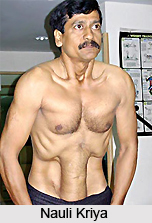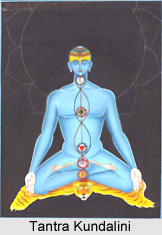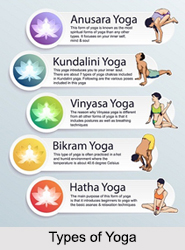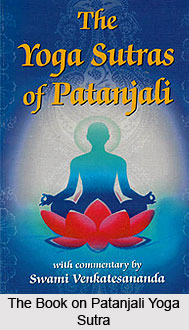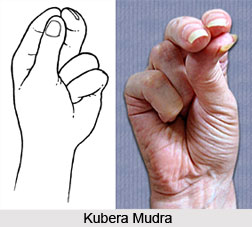 The term Sitakari is only a single word, producing a little bit of, which means to have or possess the sound. Sound is reproduced at the end of inhalation with the lips closed.
The term Sitakari is only a single word, producing a little bit of, which means to have or possess the sound. Sound is reproduced at the end of inhalation with the lips closed.
As far as the technique of exercising Sitkari is concerned, scholars have diverse opinions and that too not complete. In general, for breathing in air externally, both right and left nostrils are used emphatically.
Although techniques like Recaka, puraka have been duly mentioned , khumbhaka is not at all referred. Specialty of this exercise Sitkari lies in doing Puraka technique with involvement of the mouth. So it makes it obvious for a Yoga student to know about the structure of mouth and teeth for the sake of better performance.
To get a glimpse of the position of mouth setting , use of mirror is also advisable. While doing Sitkari, The yogi should held the mirror exactly in front of the face and that too kept slightly on the right side which would enable the reflected light to fall inside the mouth that is widely open . The lower set of teeth can also be easily seen in the mirror with the moth open. However , in order to have a look on the upper set of teeth the Yoga student must move his lower jaw a little bit in the upper direction and also pull up his upper lip a little bit. Only after this the upper teeth also will be shown clearly on the mirror.
It has been found out that a normal healthy human being has got total thirty-two teeth, out of which sixteen are found on the lower jaw and remaining sixteen are being seen in the upper jaw. Two parts are found on the right and two on the left. Again both the sets ,with sixteen teeth in each, if divided into two parts each, it will form four parts again, each having eight teeth. It is quite needless to mention that there is clear connection in all these four parts.
Now if one considers the arrangement of the left set of teeth of the lower jaw, it is to be found that in the back end there are three teeth, which are quite huge. Two teeth that follow in their row are also huge enough, but they are comparatively small in mass. These five teeth , that are utilized for grinding food are given specific names. The first three are known as molars, while the remaining two teeth are called premolars. Just next to these five teeth , a pointed tooth has also been found. It is called canine since resembles to a tooth in a dog. Besides there are also two teeth with quite pointed upper edges. They are better known as incisors and are useful for useful in cutting. The same kind of arranging has also been found in all the rest of the three sets.
After studying the teeth arrangement in details, the student is in a better position to execute this Sitkari, especially its technique of Puraka.
To begin with, the Yoga student has to keep open his mouth a little only by slight letting down of the lower jaw and also at the same time arousing his upper lip a little bit. After that, he needs to take his tongue a little bit beyond this lower `incisors`. While drawing its tip quite inside, the Yogi has to compress it against the incisor teeth. After completing this, the two borders of his tongue covering lower molars and premolars gets in the reach of the yogi. . Then he raises the lower jaw to the extent, which enables the tongue to get lightly pressed between upper and lower incisors. It is through this opening the air is to be breathed in and thus the sound is produced. The sound gets more pronounced if tongue is moist.
Afterwards the tongue gets back to its usual position in the mouth and the lips also get closed. If one desires the best result from this Sitkari exercise several rounds needs to be followed, however at the best of one`s own capacity.




